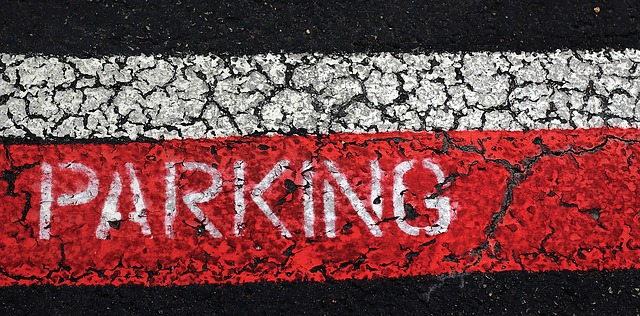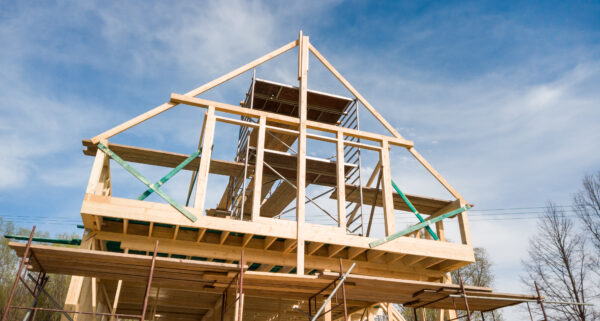Do you know anything about rear-in angle parking?
By Paul Basha, traffic engineer, Summit Land Management
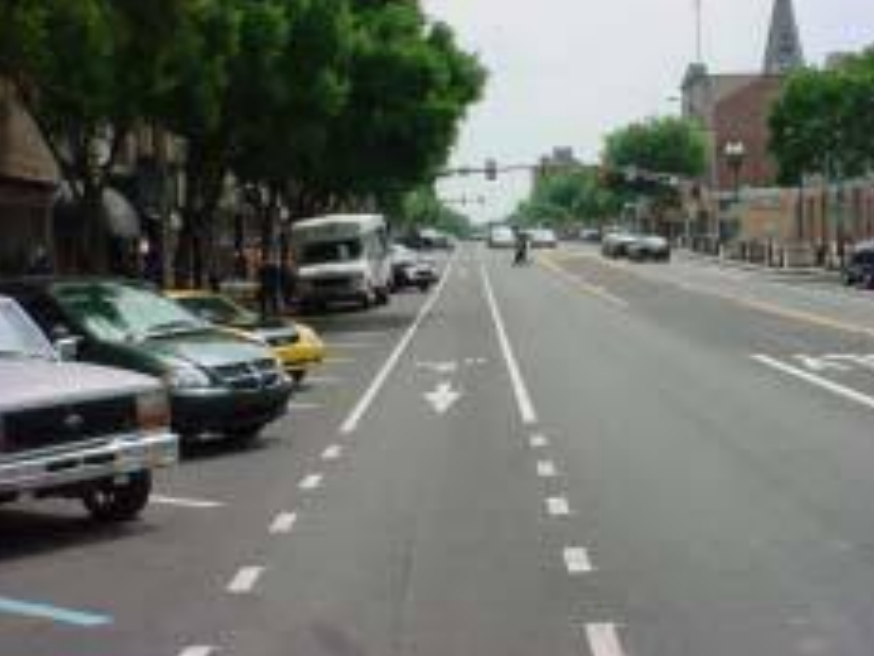
Back-in angle parking is very useful for several reasons. Their primary use is after bicycle lanes. Bicycle friendly cities, and not-somuch-bicycle-friendly cities, like Tucson, Honolulu, Salt Lake City, Austin, Des Moines, Peoria (Illinois), Indianapolis, Marquette, Birmingham, Knoxville, Arlington, Philadelphia, Baltimore, Washington DC, Wilmington, Missoula, Portland, Olympia, Seattle, Vancouver, Winnipeg, and Montreal have them.
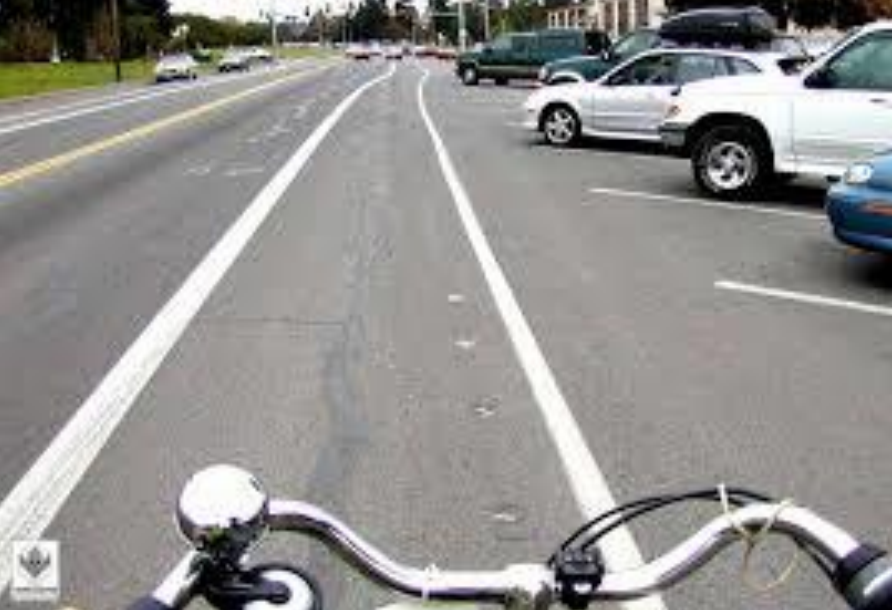
Tucson discovered that with front-in-angle parking, an average of three to four bicycle / car crashes occurred per month in four years compared to zero crashes with back-inangle-parking in four years. Zero crashes is a mighty low number. Some back-in parking may exist in the Valley of the Sun, though rarely. I recommended their use in Surprise and the recommendation was rejected. Back-in parking has been suggested in Scottsdale, though the suggestions have been quickly dismissed. Humans have such an odd relationship with change. Generally, if change is their idea, they’re all for it. If change is someone else’s idea, they’re opposed to it. Front-in angle parking is just fine when parking. Not-so-good when unparking. The difficulty is that the vehicle must back into a lane of moving traffic.
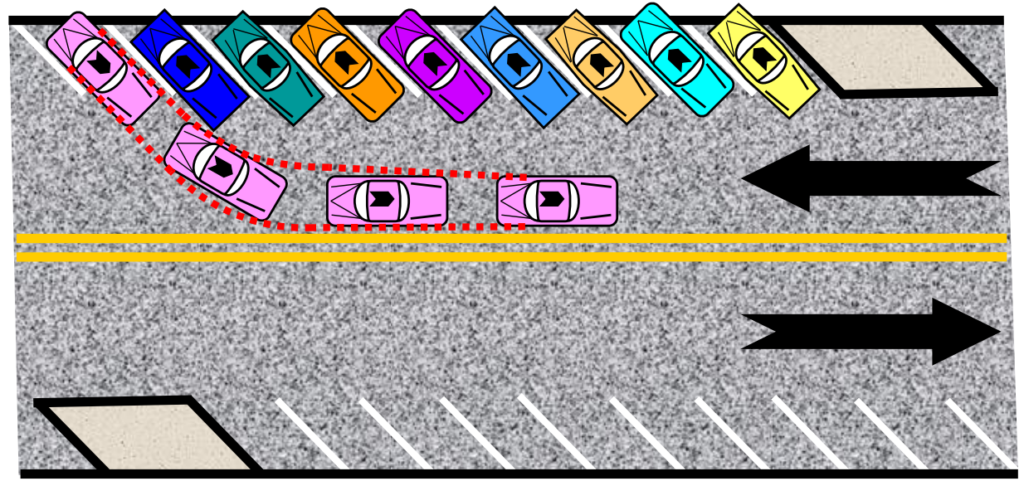
The issue is that the driver eye is at the curb – as far away from the approaching traffic as possible. Adjacent parked vehicles completely block visibility. If the approaching vehicle is traveling at 15 miles-per-hour or greater, the approaching vehicle will arrive at the unparking car before the approaching vehicle can stop.
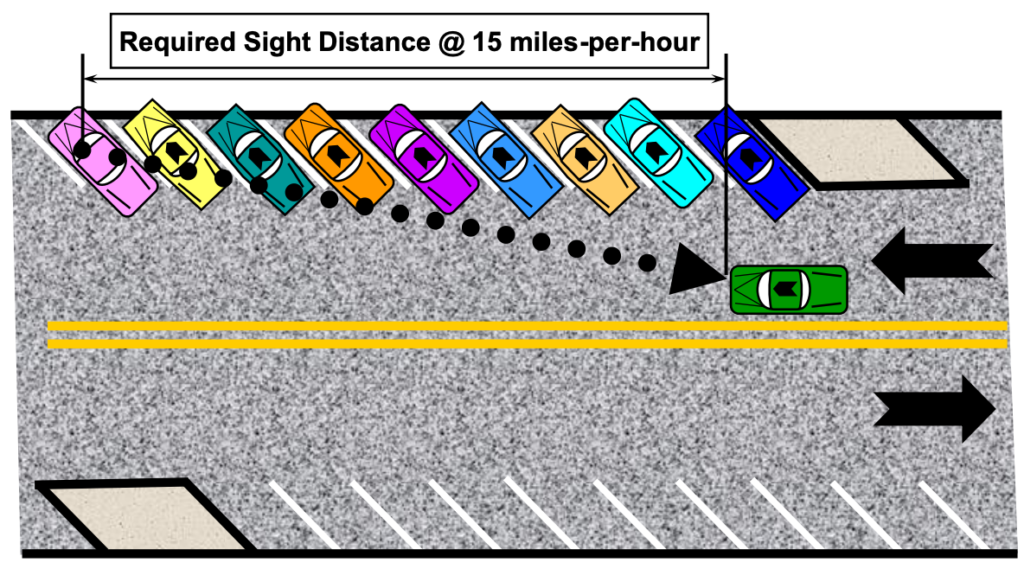
When back-in vehicles are parking, they must backup toward approaching vehicles. However, the parking vehicle is in the lane of moving traffic, clearly visible to approaching drivers. The parking vehicle has its back-up lights on, and should have its turn blinker on as well.
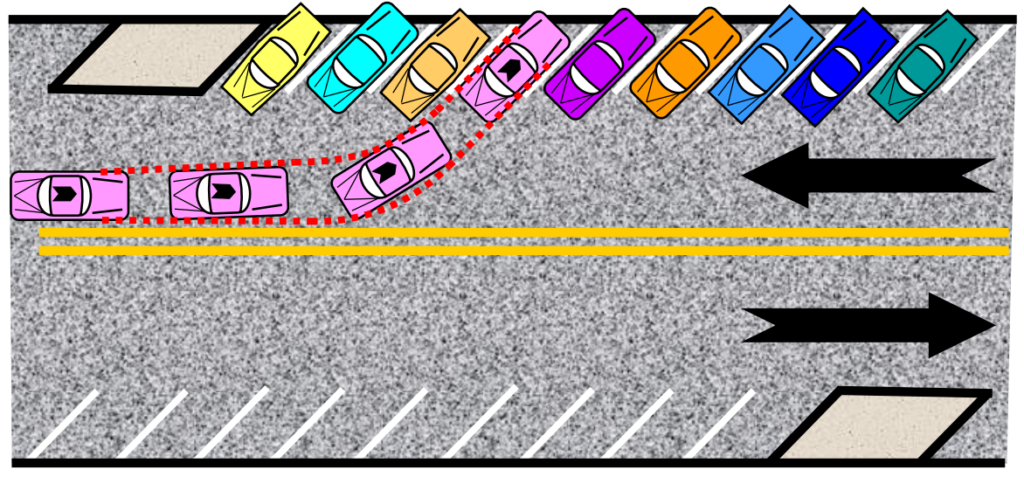
When back-in parkers are unparking, the driver is facing the approaching traffic. As the unparking vehicle leaves, the driver visibility of approaching traffic improves dramatically. This driver visibility of approaching vehicles is exactly the reason that bicycle / car crashes with back-in angle parking are rare. Also, the unparking move is quick – much quicker than the unparking move for a front-in parked vehicle. Good, because that minimizes exposure to other vehicles, reducing the opportunity for collisions.
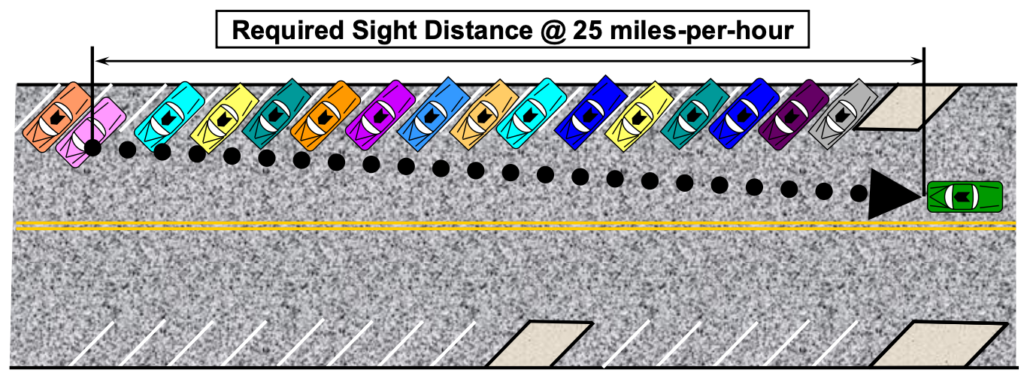
More advantages exist for back-in angle parking. The trunk of the parked vehicle is facing the sidewalk, not the lane of moving traffic. As people exit the vehicle, the door opening faces the sidewalk, not moving traffic.
Few decisions in life are all positive with no negative. Yes, the re-construction can be expensive as the little raised and landscaped islands must be re-configured to match the parking space angle. Though, compare more than 100 bicycle / car collisions in four years to zero such collisions in four years. Oh, and drivers would have to use their turn signal when backing into a parking space – turn signal use seems to be an impossibility. Resistance to change? That’s insurmountable!
Curious about something traffic? Call or e-mail Paul at (480) 505-3931 and pbasha@summitlandmgmt.com.

